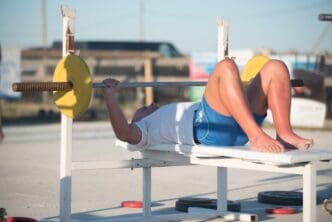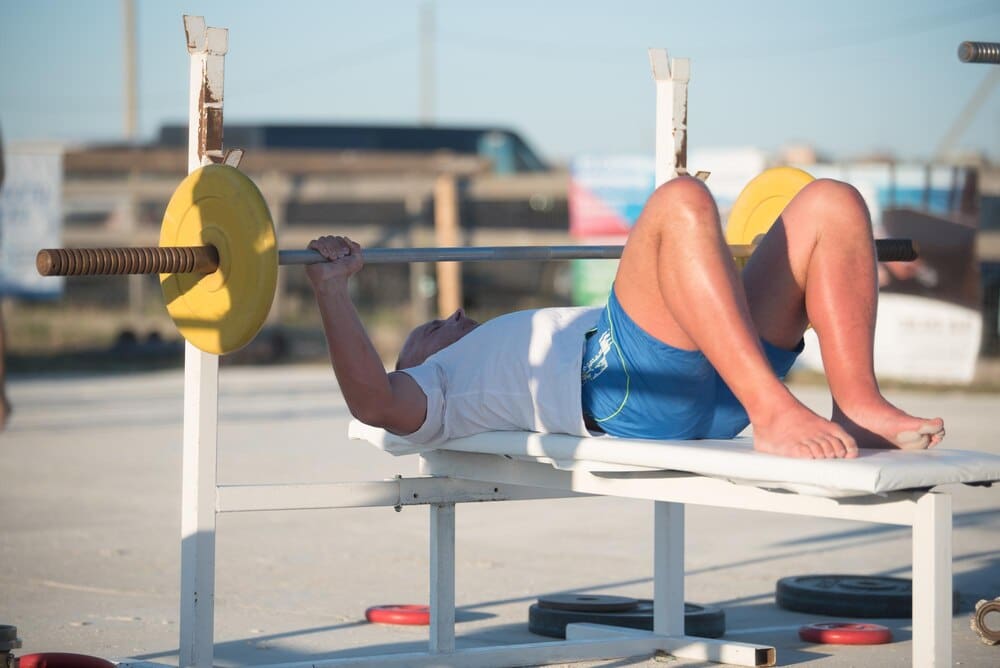For fitness enthusiasts across Miami, from the high-intensity gyms of South Beach to the tranquil home setups in Coral Gables, the rowing machine has become a go-to for a powerful, full-body workout. What many don’t realize, however, is that a few common mistakes are sabotaging their results and paving the way for injury. These errors—primarily involving poor posture, incorrect stroke sequencing, and a misunderstanding of the machine’s settings—prevent rowers from harnessing the true power of the exercise. Mastering the proper form is the critical difference between an efficient, transformative workout and a frustrating session that puts unnecessary strain on the back, shoulders, and knees.
Why Rowing Reigns Supreme in Fitness
In a city that values efficiency and results, the rowing machine, or ergometer, stands out as a titan of conditioning. Its appeal lies in its remarkable ability to deliver a comprehensive workout that is both low-impact and incredibly effective.
Unlike running, which can be harsh on the joints, rowing provides a smooth, fluid motion that protects your knees and ankles. This makes it a sustainable choice for people of all ages and fitness levels, allowing for high-intensity training without the associated wear and tear.
More importantly, a single stroke on the rower engages an estimated 86% of your body’s muscles. It targets the major muscle groups in your legs, core, back, and arms, delivering a potent combination of cardiovascular endurance and muscular strength training in one seamless activity. This full-body engagement is what makes rowing such a time-efficient calorie-burning powerhouse.
Deconstructing the Perfect Stroke: The Four Phases
To understand the common mistakes, we must first break down the anatomy of a correct rowing stroke. Think of it not as one aggressive pull, but as a graceful and powerful sequence of four distinct phases. Internalizing this flow is the foundation of good form.
The Catch
This is your starting position, coiled and ready to explode with power. Your shins should be vertical, your back straight with a “proud chest,” and your core braced. Your arms are extended straight in front of you, holding the handle with a relaxed grip. You are leaning forward slightly from the hips, not hunched over.
The Drive
The drive is the work phase, where you generate power. The sequence is critical and must always be the same: legs, core, arms. You begin by powerfully pushing with your legs, as if performing a leg press. As your legs straighten, your core engages and you begin to swing your torso back. Only at the very end of the movement do your arms pull the handle to your sternum.
The Finish
At the end of the drive, you’re in the finish position. Your legs are fully extended, your body is leaning back slightly (to about an 11 o’clock position), and the handle is drawn cleanly to the base of your chest. Your shoulders should be relaxed, not shrugged up by your ears.
The Recovery
The recovery is the return to the catch, and it’s just as important as the drive. It should be controlled and take about twice as long as the drive. The sequence is the exact reverse of the drive: arms, core, legs. First, extend your arms straight. Then, pivot your torso forward from the hips. Finally, allow your knees to bend, gliding smoothly back to the catch position.
Mistake #1: The “Hunchback” – Sacrificing Your Posture
Perhaps the most common and dangerous mistake is rounding the back. This often appears as a hunch or slump, especially as you slide forward into the catch position. Instead of pivoting from the hips, you curve your spine.
This error places tremendous pressure on your lumbar vertebrae and discs, making lower back pain almost inevitable. It also completely disengages your core and prevents you from connecting the power of your legs to the handle, robbing you of efficiency.
To fix this, constantly think about maintaining a “long spine” and a “proud chest.” Engage your abdominal muscles to support your back. A helpful cue is to imagine your torso as a solid plank pivoting from your hips. If you have access to a mirror, position it to your side to monitor your posture during the stroke.
Mistake #2: The “Early Arm Pull” – Getting the Sequence Wrong
Many beginners initiate the drive by yanking on the handle with their arms. This breaks the fundamental power sequence of the stroke and is a massive energy leak. Your arms are significantly weaker than your legs, which should be the primary engine of the movement.
Pulling with the arms too early exhausts your shoulders and biceps prematurely, dramatically reduces your overall power output, and puts undue strain on your upper body. It turns a full-body exercise into a subpar arm workout.
The fix is to drill the mantra: Legs, Core, Arms. Focus entirely on initiating the drive with a powerful leg push. Your arms should remain straight and relaxed until your legs are nearly fully extended. Think of your arms as mere hooks that transfer the force generated by your legs and core to the handle.
Mistake #3: The “Scoop” – An Awkward Recovery
On the recovery phase, a frequent error is bending the knees before the hands have passed over them. This forces you to lift the handle up and over your knees in an awkward, inefficient “scooping” motion.
This mistake disrupts the smooth, rhythmic flow of the stroke. It wastes energy, slows you down, and can even lead to scraped knuckles and a jerky ride. It signals a lack of control and patience in the recovery phase.
The solution lies in following the reverse sequence: Arms, Core, Legs. Be patient. After the finish, extend your arms fully. Then, pivot your torso forward. Only when the handle is safely clear of your knees should you begin to bend them and slide forward.
Mistake #4: The “Death Grip” and “Chicken Wings”
Tension is the enemy of good rowing form. Many people grip the handle with white knuckles and pull with their elbows flared high and wide, resembling “chicken wings.”
A “death grip” will quickly fatigue your forearms and wrists, while flaring your elbows puts a great deal of strain on your shoulder joints and upper trapezius muscles. This tension prevents a smooth, fluid pull and can lead to nagging shoulder pain.
Relax your grip. Hold the handle primarily with your fingers, creating a firm hook rather than a clenched fist. As you pull, keep your elbows relatively close to your body and draw them straight back. The chain of the rower should remain flat and level throughout the pull, not angled upwards.
Mistake #5: Misunderstanding the Damper Setting
A universal misconception is that setting the damper on the side of the flywheel to 10 creates the “hardest” or “best” workout. This is fundamentally incorrect. The damper lever controls the amount of air allowed into the flywheel housing; it does not control resistance.
A high damper setting (8-10) feels like rowing a heavy, slow rowboat. It requires a huge amount of force at the beginning of the stroke and can cause you to fatigue quickly, often leading to a breakdown in form. A low setting (1-3) feels like a sleek, light racing shell.
For the vast majority of workouts, a damper setting between 3 and 5 is the sweet spot. This allows you to build aerobic fitness and focus on generating power through your own effort—by pushing harder with your legs—rather than fighting the machine. True resistance comes from you, not the lever.
Your Miami Rowing Action Plan
Now that you know what to avoid, here is how you can actively improve your form.
Find a Coach or Class
The fastest way to correct bad habits is to have an expert watch you. Invest in a session with a certified rowing instructor or personal trainer at your gym. The boutique fitness scene in areas like Wynwood and Brickell often features rowing-centric classes where instructors provide real-time feedback.
Record Yourself
Your smartphone is a powerful diagnostic tool. Prop it up to record yourself rowing from a side-on angle for a few minutes. Watching the playback will often reveal mistakes in posture and sequencing that you were completely unaware of while rowing.
Focus on Drills
Isolate parts of the stroke to build muscle memory. Try doing “legs only” rowing, keeping your arms straight and torso still to reinforce the leg drive. You can also practice “arms only” rowing to perfect the finish, or pause at each of the four phases to ensure your body is in the correct position.
Rowing is a phenomenal tool for building a strong, resilient body that’s ready for the active Miami lifestyle. But like any tool, it must be used correctly. By focusing on proper posture, mastering the stroke sequence, and setting up your machine correctly, you can avoid these common pitfalls. You will not only protect yourself from injury but also unlock the full, transformative potential of this incredible workout, ensuring your time on the rower is powerful, effective, and sustainable for years to come.







